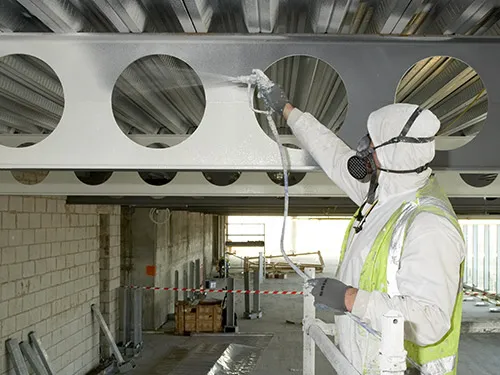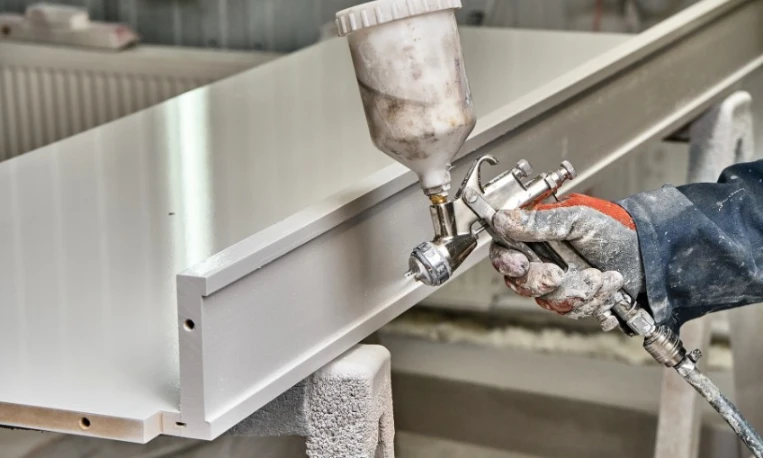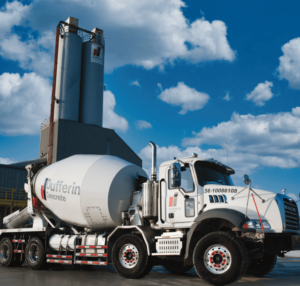Why Thermal Insulation Coatings Are Essential for Energy Savings
Thermal insulation coatings significantly reduce energy usage by preventing the transfer of heat across surfaces. These coatings help maintain indoor temperature levels by either reflecting incoming heat or resisting the loss of warmth from interior spaces. As a result, HVAC systems work less, leading to lower energy consumption and reduced utility bills.
These coatings are particularly valuable where traditional insulation is impractical. They form a thin, durable layer over surfaces such as rooftops, walls, ducts, and pipes. Their use is expanding rapidly due to rising energy costs and the growing need for sustainable building practices. This article outlines how thermal insulation coatings work, the main types available, performance data, and the essential considerations before choosing a solution.
How Thermal Insulation Coatings Work
Unlike bulk insulation materials, thermal coatings create a seamless protective layer that limits heat flow either by reflection or low thermal conductivity. They often contain materials like ceramic microspheres or aerogels, both known for their excellent insulation properties. Once applied, these coatings either reflect solar radiation away from a surface or trap heat within a structure, depending on the intended purpose.
For example, on a hot roof, a reflective coating can prevent most solar radiation from entering the building, reducing the need for air conditioning. In colder environments, coatings can help retain internal heat in piping systems or equipment, lowering heating requirements. Their ability to perform in both roles—insulating against heat gain and loss—makes them incredibly versatile for a range of industries and climate conditions.
Types of Thermal Insulation Coatings
Several types of thermal coatings are available, each suited to specific surfaces, environments, and energy goals. Ceramic-based coatings are one of the most common options due to their high reflectivity and resistance to UV damage. These coatings perform well on rooftops and exterior walls where exposure to sunlight is high.
Aerogel-infused coatings, although more expensive, offer unmatched thermal resistance. Their extremely low thermal conductivity makes them ideal for extreme industrial settings or temperature-sensitive equipment. Acrylic polymer coatings are more general-purpose and are commonly used indoors. They are often selected for their ease of application and moderate thermal performance. Epoxy-based coatings, on the other hand, provide both thermal protection and chemical resistance, making them suitable for metal surfaces and machinery. Lastly, polyurethane-based thermal paints combine insulation with flexible application, ideal for residential use.
| Type | Composition | Key Function | Best For | Durability |
| Ceramic-based | Ceramic microspheres | Reflective heat barrier | Roofs, tanks, containers | High |
| Aerogel-infused | Silica aerogel compounds | Extreme thermal resistance | Aerospace, industrial equipment | Very High |
| Acrylic polymer | Latex/acrylic with fillers | General-purpose insulation | Walls, ceilings, non-exposed surfaces | Moderate |
| Epoxy-based | Epoxy resin with additives | Mechanical durability + insulation | Metal structures, pipes | High |
| Polyurethane thermal paint | PU binder with insulative additives | Medium insulation | Residential roofing, HVAC ducting | Moderate-High |
Technical Performance and Material Data
Thermal coatings are rated based on several properties, including thermal conductivity, solar reflectance index, maximum service temperature, and environmental safety. Ceramic-based coatings typically offer solar reflectance ratings above 90, meaning they reflect most sunlight and absorb very little heat. Aerogel-based coatings, with a thermal conductivity as low as 0.013 W/m·K, outperform all other options in resisting heat transfer.
Acrylics and polyurethanes provide decent insulation at lower cost but often require thicker layers for the same effect. Epoxy-based coatings, while not as thermally efficient, are preferred where abrasion or chemical exposure is a concern. VOC (volatile organic compound) content also plays a role, especially in indoor applications or areas with strict air quality regulations.
| Specification | Ceramic-Based | Aerogel-Infused | Acrylic Polymer | Epoxy-Based | PU Thermal Paint |
| Thermal Conductivity (W/m·K) | 0.05–0.08 | 0.013–0.020 | 0.10–0.14 | 0.10–0.12 | 0.07–0.12 |
| Solar Reflectance Index (SRI) | 90–110 | 85–100 | 70–85 | 80–95 | 75–90 |
| Max Operating Temperature (°C) | ~200 | ~650 | ~90 | ~180 | ~120 |
| VOC Content (g/L) | <50 | <10 | 100–200 | 50–150 | 80–120 |

Energy Efficiency and Market Impact
The economic and environmental benefits of thermal coatings are measurable and significant. In buildings, reflective coatings on rooftops can reduce indoor temperatures by 5–10°C, lowering cooling loads by up to 30%. In industrial facilities, coated pipes and tanks maintain process heat with reduced energy input. These gains not only cut utility expenses but also reduce strain on HVAC systems and extend equipment life.
Globally, the thermal insulation coatings market is growing fast. It was valued at around $9.5 billion in 2024 and is projected to surpass $12 billion by 2030. Much of this growth is driven by new building energy codes and an increased emphasis on green construction. Manufacturing and oil and gas industries also represent major growth areas due to the coatings’ performance in harsh and high-temperature environments.
Things to Consider Before Making a Decision
Before applying any thermal coating, it’s essential to assess a few factors that directly impact performance and suitability. First, evaluate the substrate. Coatings must bond properly to the material, whether it’s concrete, metal, wood, or composite. Some surfaces may need sanding, cleaning, or priming for optimal adhesion.
Next, consider your thermal goals. Some coatings are better at reflecting solar radiation, while others are designed to retain heat. If the goal is energy savings in a hot climate, opt for a high SRI rating. In colder environments, select coatings with low thermal conductivity to keep heat in.
Environmental conditions also matter. Outdoor surfaces exposed to UV radiation or rain need a product that resists weathering and moisture. Indoors, especially in occupied spaces, low-VOC formulations are preferred for health and safety. Lastly, factor in budget and longevity. While advanced coatings may cost more upfront, their durability and energy savings often justify the investment over time.
Common Questions About Thermal Insulation Coatings
Can these coatings be applied over existing paint?
Yes, but the existing layer must be stable, clean, and compatible. In some cases, sanding or priming may be required.
What’s the drying or curing time?
Typical drying time is 1–4 hours to touch and 24–48 hours for full cure, depending on humidity and thickness.
Do these coatings reduce noise too?
Some thicker formulations offer marginal acoustic benefits, but they are not replacements for dedicated soundproofing.
Are thermal insulation coatings eco-friendly?
Yes, many low-VOC options are available, and energy reduction contributes to sustainability goals.
Topic FAQ
How do thermal insulation coatings save energy?
They reduce the transfer of heat through surfaces, which helps maintain indoor temperatures with less energy used for heating or cooling.
What’s the most effective type for roofs?
Ceramic-based coatings are ideal due to their high solar reflectance and resistance to UV degradation.
Can I apply thermal coatings myself?
For small residential projects, yes. For large-scale or technical applications, professional installation is recommended.
Are these coatings environmentally friendly?
Yes. Many are water-based and contain low VOCs, contributing to healthier indoor air and lower environmental impact.
Do these coatings need regular maintenance?
They are low-maintenance but should be inspected periodically, especially in outdoor environments, to ensure longevity.
Make the Right Decision
Thermal insulation coatings offer an effective, flexible solution for improving energy performance across buildings and equipment. Choosing the right type depends on your surface material, environmental exposure, and energy goals. Always review the technical data to ensure the coating matches your application requirements. Used strategically, these coatings deliver long-term cost savings, support sustainability goals, and improve overall system efficiency.
For best results, combine coatings with other energy-efficient strategies and consider a professional energy audit to pinpoint areas with the highest potential for improvement.
Reviewer:
Emily Martinez has 12 years of experience in spray foam insulation. She reviewed this article and suggested ways to make the content more useful for contractors looking to grow their customer base.










